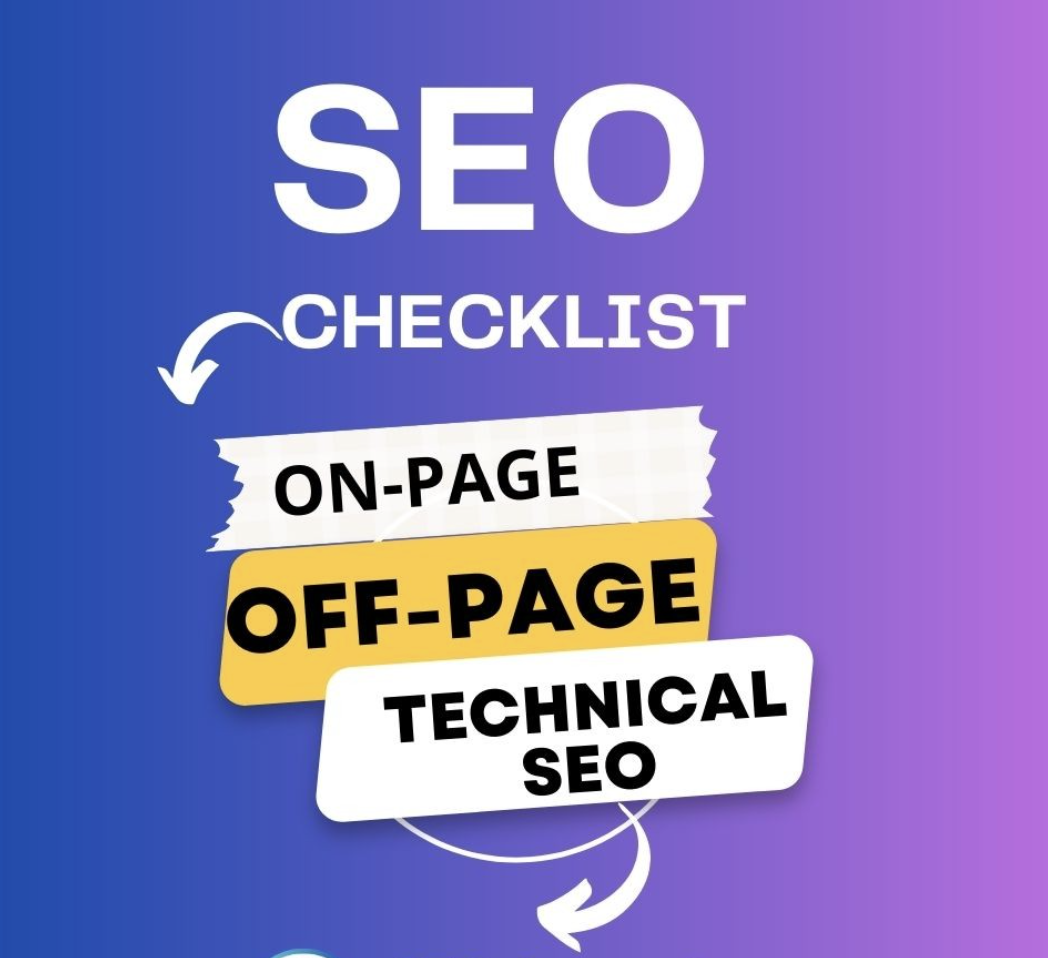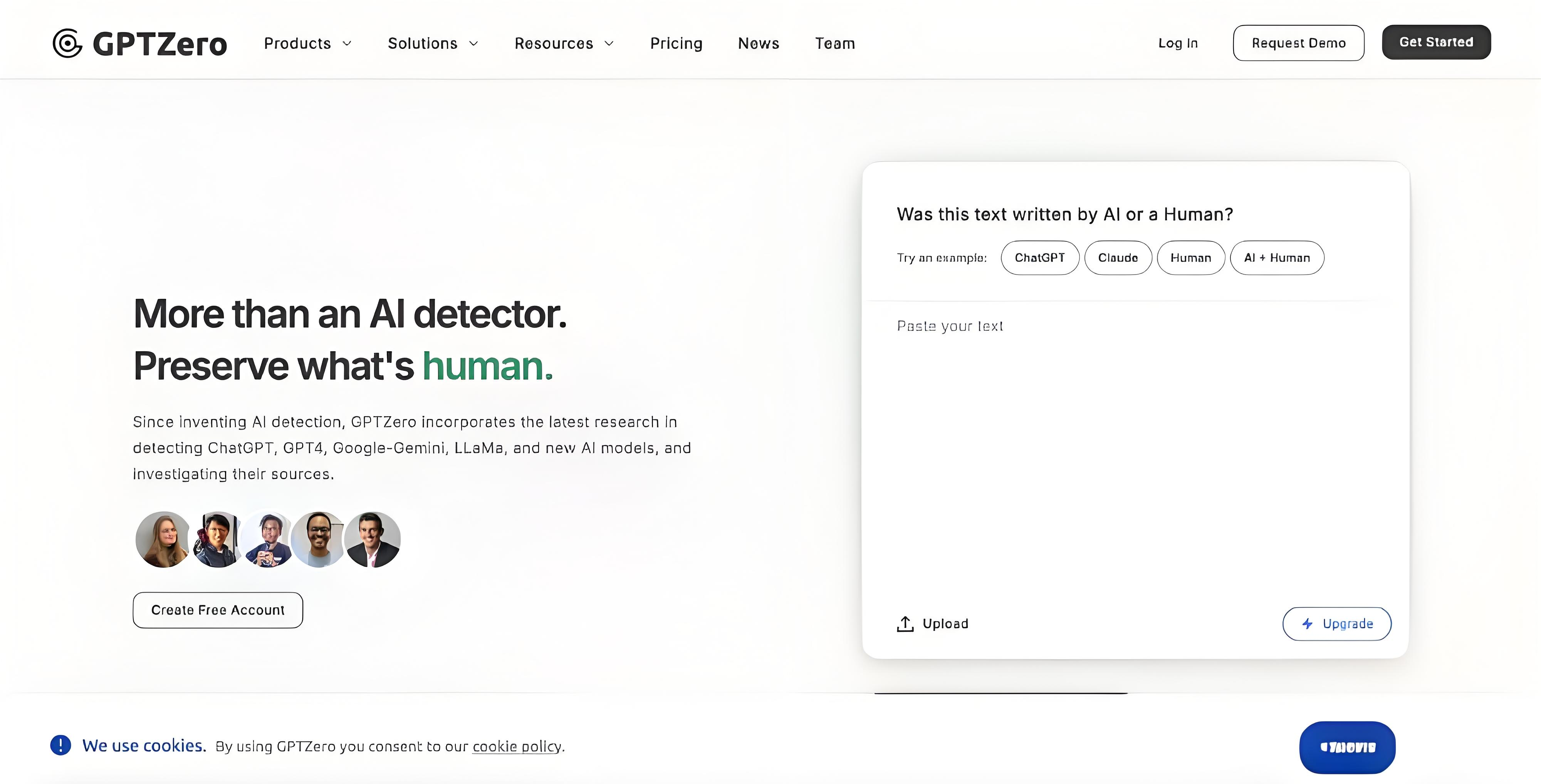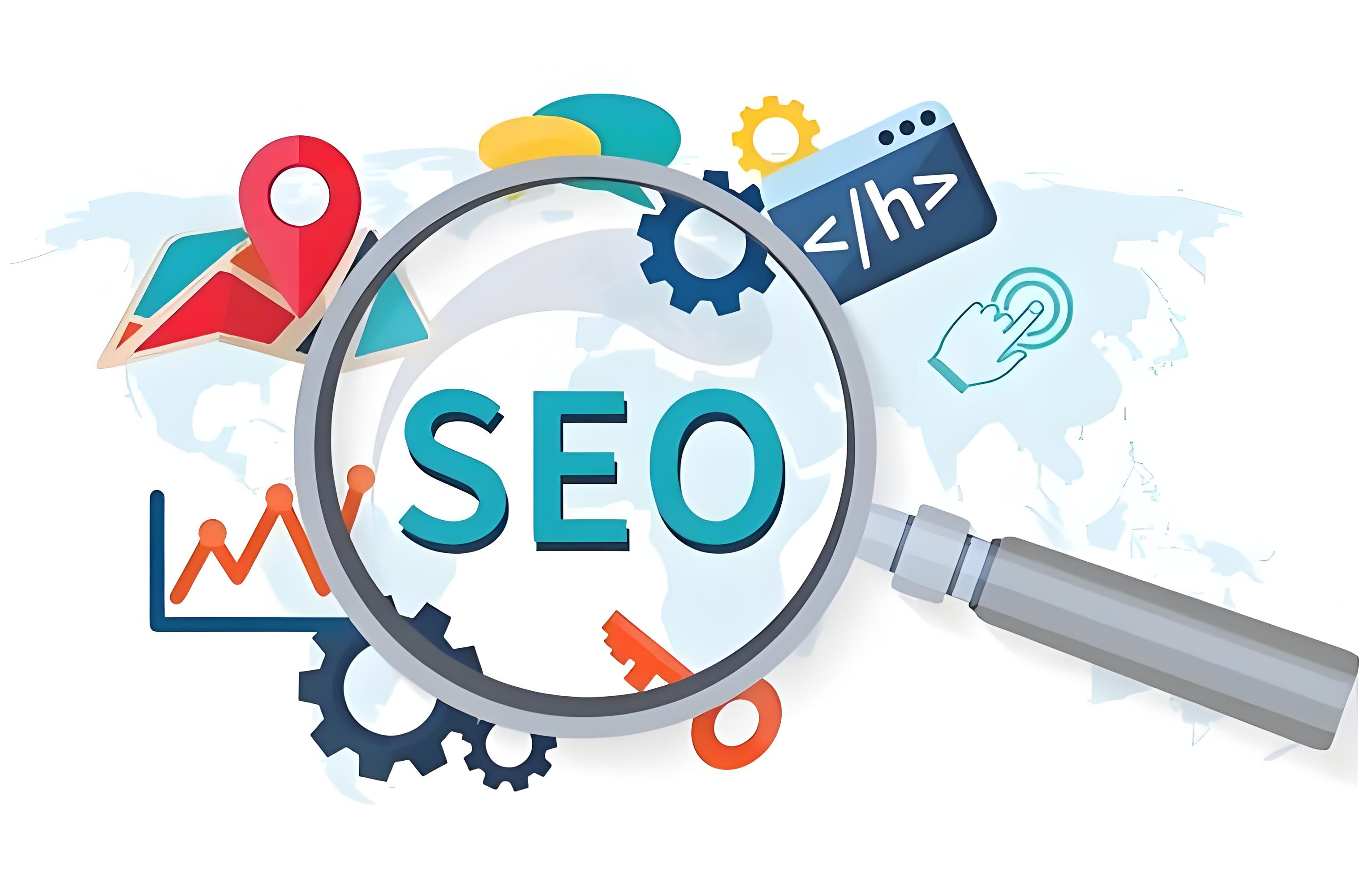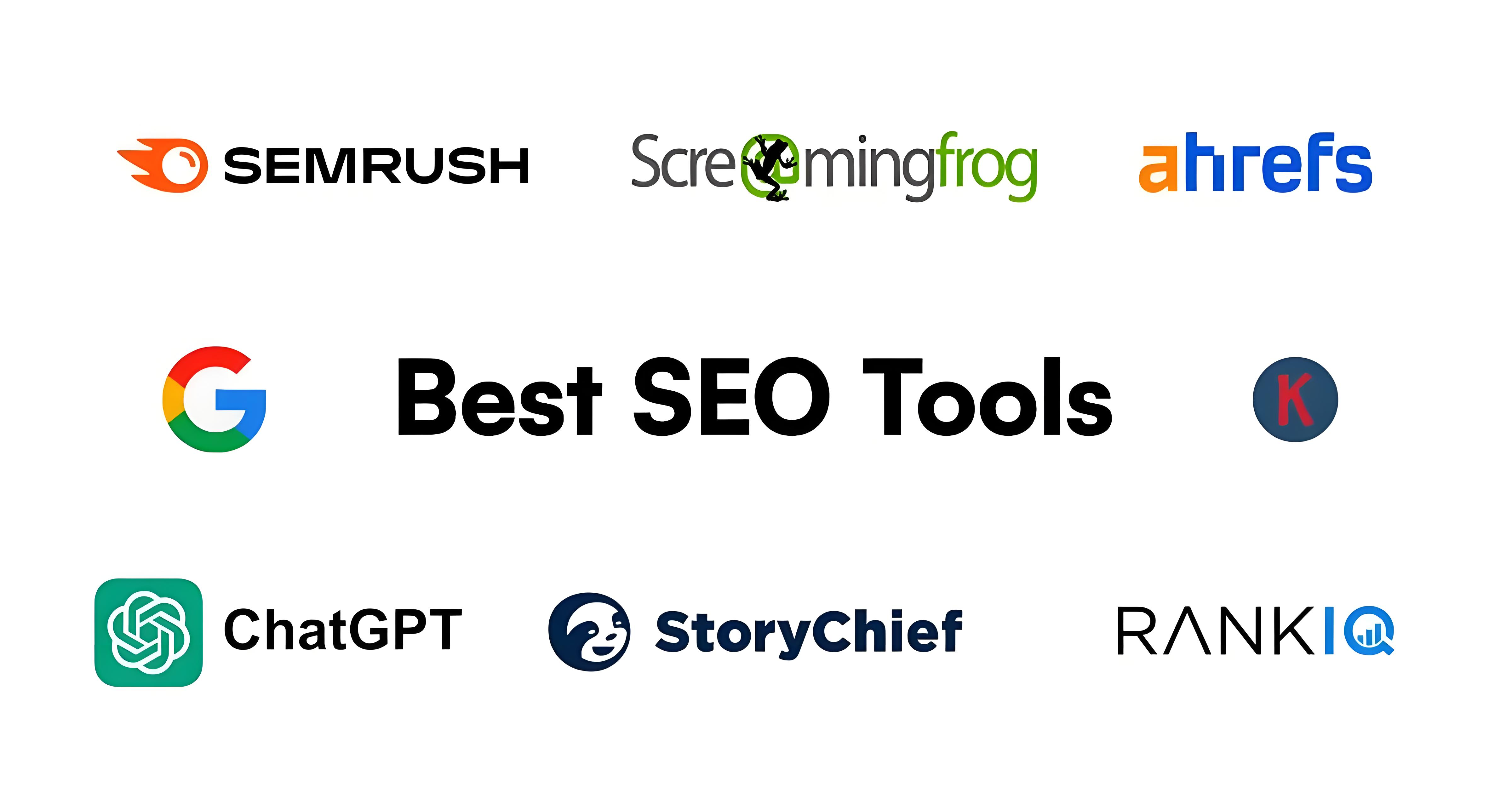
Secrets for independent station going overseas
In the context of globalized trade, an increasing number of Chinese companies are looking to expand into international markets through the internet. Building a high-conversion-rate foreign trade website is undoubtedly a crucial step in achieving this goal. By summarizing numerous successful cases of independent, we found that foreign trade businesses with high-conversion websites often focus on the following seven aspects. This article will share these insights with you.
NO.1 Understanding the Target Market
First, companies need to deeply understand the cultural background, consumption habits, and online behavior of their target markets. According to international trade statistics, consumer preferences for websites vary significantly across different countries and regions.
If you’ve used Western apps or visited Western websites, you’ll notice that their interfaces are generally more minimalist compared to Chinese apps and websites, which tend to be more complex and colorful. From a UI design perspective, this difference is largely due to the linguistic characteristics of English and Chinese—English is a one-dimensional language with variable word lengths, requiring ample white space to avoid clutter and allow flexibility in layout. In contrast, Chinese is an ideographic two-dimensional language with concise sentences, making it easier to pack more information into the interface.
Therefore, Western users typically prefer clean and professional website designs, while Southeast Asian users favor colorful and interactive websites. Thus, companies should customize their website styles based on target market research data from the outset.
NO.2 Website Localization
Website localization goes beyond language translation; it includes adapting currency, measurement units, time zones, and more. A survey shows that over 60% of non-English users prefer browsing localized websites. Companies must ensure their website content is accurately conveyed to users in different languages.
Providing localized payment methods and customer service is also crucial. For example, in Indonesia, cashback ads for digital wallets like GO-pay, OVO, Dana, LinkAja, and ShopeePay are everywhere. Payment localization is a key factor in improving conversion rates.
Additionally, foreign trade companies should consider cultural differences and habits when localizing website content. For instance, in Muslim culture, the right hand is used for giving or receiving, while the left hand is considered unclean. Using images of people handing items or shaking hands with their left hand in Indonesia would be seen as rude and disrespectful.
NO.3 Optimizing User Experience
User experience (UX) is a critical factor affecting website conversion rates. UX refers to users’ feelings and evaluations of a website’s functionality, content, appearance, and interactivity. A good UX can enhance user satisfaction, trust, and loyalty, thereby driving conversions such as registrations, subscriptions, inquiries, and purchases. According to Forrester, excellent UX can increase conversion rates by up to 400%.
Companies must ensure their websites load quickly, have clear navigation, and are mobile-friendly. These are basic elements of UX. If a website is slow, complex, or poorly optimized for mobile, users are likely to feel frustrated and abandon it.
Additionally, providing detailed product descriptions, high-quality images and videos, and intuitive user reviews can significantly enhance UX. These advanced elements help build user interest, trust, and satisfaction, increasing the likelihood of conversions.
NO.4 Search Engine Optimization (SEO)
For foreign trade websites targeting international markets, winning search engine favor is not just a technical challenge but a key to business success. A Google statistic reveals that 75% of users only focus on the first page of search results. This highlights the importance of ranking high in search results to gain exposure and potential inquiries.
To stand out, companies must implement well-planned SEO strategies. This includes comprehensive keyword research to understand target customers’ search habits, creating valuable and search-engine-friendly content, and building high-quality backlinks. Content marketing, such as publishing industry news, blog posts, and videos, can enhance online presence and attract external links.
NO.5 Social Media Integration
Social media is a vital bridge connecting businesses and potential customers. With over 3.5 billion global users spending an average of 2.5 hours daily on social platforms, businesses can use these channels to share product information, industry trends, and interact with users.
Integrating social media icons and share buttons on websites can increase user engagement and conversion rates. This allows users to easily follow the company’s social accounts and share content with their networks, expanding the business’s reach and attracting more potential customers.
NO.6 Real-Time Communication with Online Customer Service
Instant response is an effective way to improve customer satisfaction. In the internet era, customers expect timely replies and assistance. A survey shows that 89% of customers say online customer service greatly influences their purchase decisions, and 53% would abandon a purchase if they couldn’t contact customer service promptly.
Setting up online customer service , such as Live Chat, allows businesses to quickly respond to inquiries and issues. This not only builds trust and satisfaction but also reduces customer service costs and collects valuable customer feedback.
NO.7 Data Analysis and Continuous Optimization
Data-driven decision-making enables companies to continuously optimize website structure and content, improving conversion rates. Website analysis tools, like Google Analytics, help businesses understand user behavior, evaluate performance, and identify strengths and weaknesses.
The conversion funnel is a key concept in website analysis, tracking user journeys from website visits to goal completion (e.g., registration, purchase). By monitoring each stage of the funnel, companies can identify drop-off points and implement targeted optimizations.
Conclusion
Building a high-conversion foreign trade website requires a comprehensive approach, including understanding the target market, localizing content, optimizing UX, implementing SEO, integrating social media, providing real-time communication, and leveraging data analysis. By focusing on these seven aspects, businesses can enhance their online presence, attract more customers, and achieve sustainable growth in the global market.
有关文章


What Does International SEO Entail?
出海资讯
Chat GPT Zero: The Necessity of AI Detection in the Field of Content Creation
出海资讯
DTCPack Unveils Performance-Driven SEO Solutions with Revenue-Share Pricing Model
出海资讯
Data-Driven Independent Website Operations: How to Use Tools and Strategies to Analyze Competitors and Achieve Precise Surpassing
出海资讯

